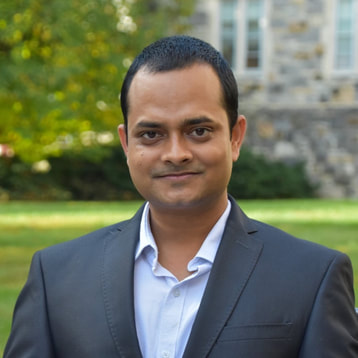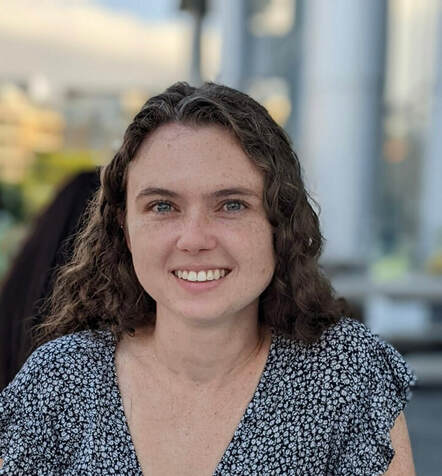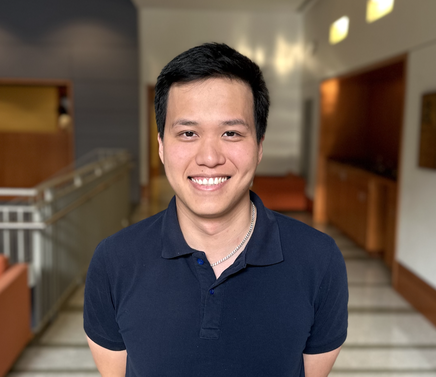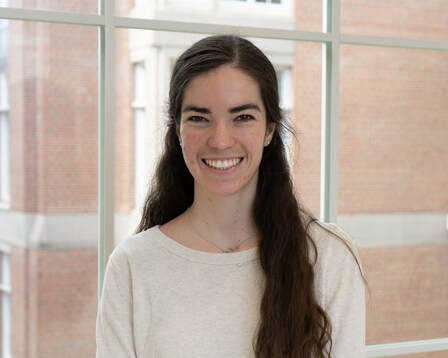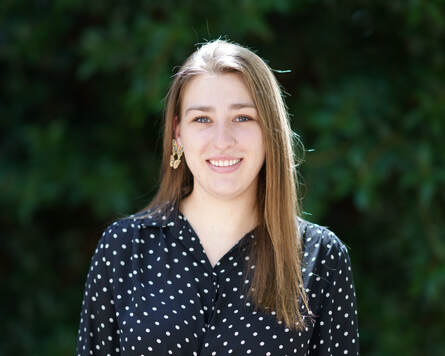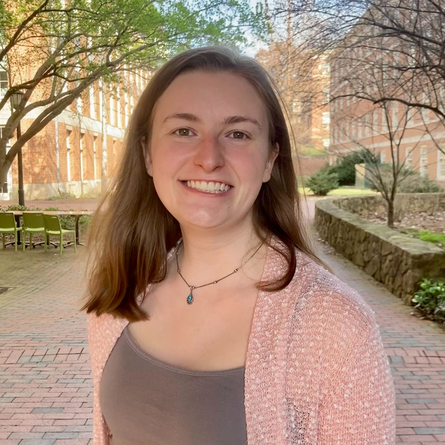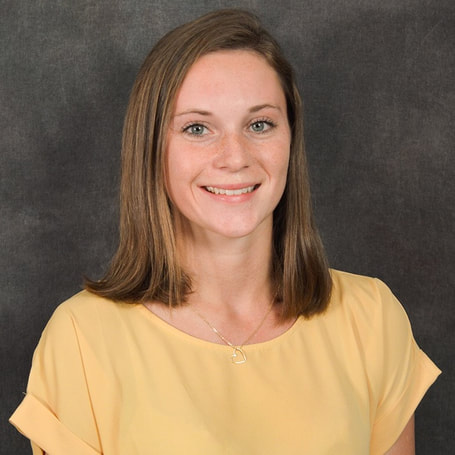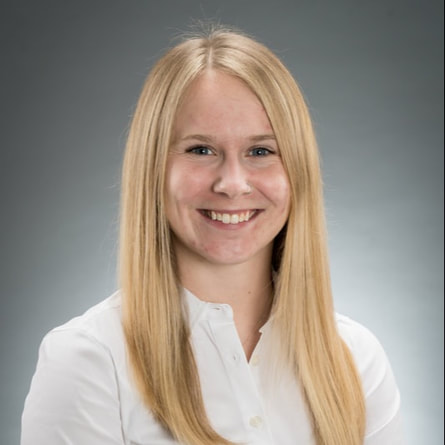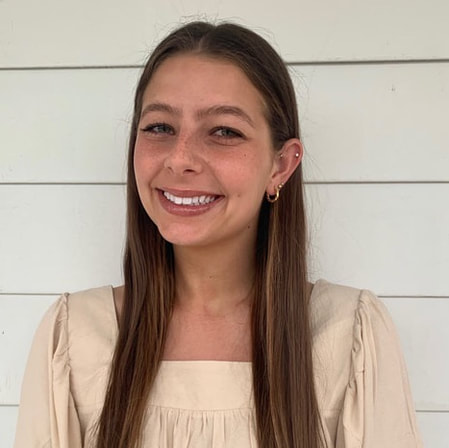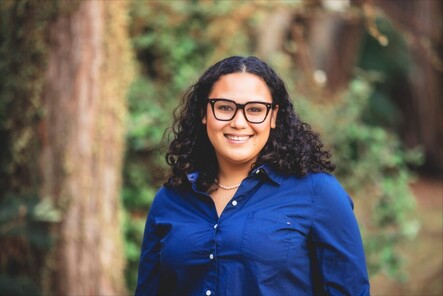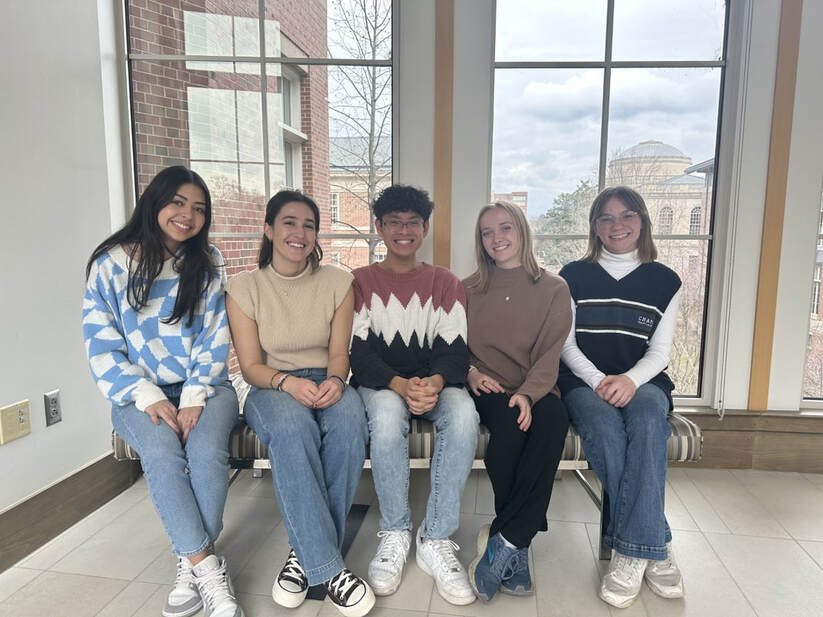Meet the Group!
Postdoctoral Researcher
Dr. Rajnish Kumar
Ph.D. Chemistry (2018), CSIR-Indian Institute of Chemical Technology, Hyderabad
Rajnish is developing nitric oxide-releasing hydrogels and mesoporous nanoparticles for therapeutic applications.
Graduate Students
Taron Bradshaw
B.S. Chemistry (2018), Clemson University
Taron’s work focuses on mitigating the foreign body response following implantation of continuous glucose monitors. She uses nitric oxide-releasing silica nanoparticles in combination with electrospun polyurethane fibers to improve sensor performance and lessen the inflammatory response over several weeks.
Taron’s work focuses on mitigating the foreign body response following implantation of continuous glucose monitors. She uses nitric oxide-releasing silica nanoparticles in combination with electrospun polyurethane fibers to improve sensor performance and lessen the inflammatory response over several weeks.
Kyle Nguyen
B.S. Chemistry (2018), College of Wooster
Kyle is using microscopy and quantitative techniques to investigate antibacterial action of nitric oxide in complex biological environments such as biofilms and lung mucus . He is also assessing how nitric oxide release can aid the bactericidal action of conventional antibiotics without conferring resistance.
Kyle is using microscopy and quantitative techniques to investigate antibacterial action of nitric oxide in complex biological environments such as biofilms and lung mucus . He is also assessing how nitric oxide release can aid the bactericidal action of conventional antibiotics without conferring resistance.
Quincy Grayton
B.S. Chemistry (2019), Gordon College
The goal of Quincy's project is to develop a nitric oxide-releasing topical formulation for oncology and dermatology applications. She synthesizes, characterizes, and utilizes macromolecular NO donors with different NO-release kinetics and evaluates their therapeutic efficacy through in vitro and in vivo assays. As nitric oxide has been shown to sensitize tumors to other therapeutics, she is also evaluating the synergy of her NO-releasing formulation with FDA-approved cancer treatments.
The goal of Quincy's project is to develop a nitric oxide-releasing topical formulation for oncology and dermatology applications. She synthesizes, characterizes, and utilizes macromolecular NO donors with different NO-release kinetics and evaluates their therapeutic efficacy through in vitro and in vivo assays. As nitric oxide has been shown to sensitize tumors to other therapeutics, she is also evaluating the synergy of her NO-releasing formulation with FDA-approved cancer treatments.
Courtney Johnson
B.S. Chemistry and Biochemistry (2020), Kansas State University
Courtney studies the on-demand release of nitric oxide via light emitting diodes for antibacterial and wound healing applications. S-nitrosothiols are light sensitive NO donors that release NO upon irradiation. By exploiting a variety of wavelengths and irradiances, low concentrations (nM-pM) of NO can be released to promote wound healing or high concentrations (µM) are liberated for antibacterial activity.
Courtney studies the on-demand release of nitric oxide via light emitting diodes for antibacterial and wound healing applications. S-nitrosothiols are light sensitive NO donors that release NO upon irradiation. By exploiting a variety of wavelengths and irradiances, low concentrations (nM-pM) of NO can be released to promote wound healing or high concentrations (µM) are liberated for antibacterial activity.
Sarah Nagy
B.S. Chemistry (2020), Shippensburg University
Sarah is developing a liposomal NO-releasing system for treatment of pulmonary Mycobacterium abscesses. She characterizes various liposomal systems as a function of lipid composition, formation conditions, and NO donor to control encapsulation, stability, and NO-release kinetics. She also evaluates therapeutic efficacy by performing in vitro bactericidal and cellular assays.
Sarah is developing a liposomal NO-releasing system for treatment of pulmonary Mycobacterium abscesses. She characterizes various liposomal systems as a function of lipid composition, formation conditions, and NO donor to control encapsulation, stability, and NO-release kinetics. She also evaluates therapeutic efficacy by performing in vitro bactericidal and cellular assays.
Sami Picciotti
B.S. Chemistry (2020), University of Maryland, College Park
Sami's research is focused on developing NO-releasing linear and nanoparticle glycosaminoglycans for dermatology applications, including wound healing and acne treatment. She characterizes these novel materials with a variety of analytical techniques, such as FTIR, GPC, TEM, and CHN elemental analysis. She also evaluates the biological activity of these materials in vitro using both cellular and bacterial assays.
Sami's research is focused on developing NO-releasing linear and nanoparticle glycosaminoglycans for dermatology applications, including wound healing and acne treatment. She characterizes these novel materials with a variety of analytical techniques, such as FTIR, GPC, TEM, and CHN elemental analysis. She also evaluates the biological activity of these materials in vitro using both cellular and bacterial assays.
Maggie Purvis
B.S. Chemistry (2021), Texas Christian University
Maggie's project focuses on developing a corneal wound healing therapeutic utilizing the pro-wound healing activity of nitric oxide. She synthesizes and characterizes NO-releasing glycosaminoglycans and evaluates their potential as a wound healing therapeutic in vitro. Her goal is to incorporate this material into a topical hydrogel formulation for ophthalmic use.
Maggie's project focuses on developing a corneal wound healing therapeutic utilizing the pro-wound healing activity of nitric oxide. She synthesizes and characterizes NO-releasing glycosaminoglycans and evaluates their potential as a wound healing therapeutic in vitro. Her goal is to incorporate this material into a topical hydrogel formulation for ophthalmic use.
Mikaylin Nogler
B.S. Biochemistry (2021), Fairfield University
Mikaylin is developing a highly selective nitric oxide sensor that can detect low concentrations of NO in complex media in vitro and measure NO in real-time in vivo. By investigating fluctuations of endogenous NO as a function of disease state, she hopes to elucidate the relationship of stored NO in diabetic in vivo models. Through this work, she aims to extend the lifetime of implantable glucose sensors by liberating endogenous stores of NO found within the skin.
Mikaylin is developing a highly selective nitric oxide sensor that can detect low concentrations of NO in complex media in vitro and measure NO in real-time in vivo. By investigating fluctuations of endogenous NO as a function of disease state, she hopes to elucidate the relationship of stored NO in diabetic in vivo models. Through this work, she aims to extend the lifetime of implantable glucose sensors by liberating endogenous stores of NO found within the skin.
Tsian Ramrattan
B.S. Chemistry and B.A. Economics (2022), Emory University
Tsian works on hydrogel, drug releasing scaffolds for treatment of periodontal disease. She synthesizes and characterizes biocompatible hydrogel formulations for oral delivery of nitric oxide therapeutics.
Tsian works on hydrogel, drug releasing scaffolds for treatment of periodontal disease. She synthesizes and characterizes biocompatible hydrogel formulations for oral delivery of nitric oxide therapeutics.
Undergraduate Students
Paola Rosario, Darci Anderson, Tien Phan, Lena Duke, and Tori Jenkins (left to right)
